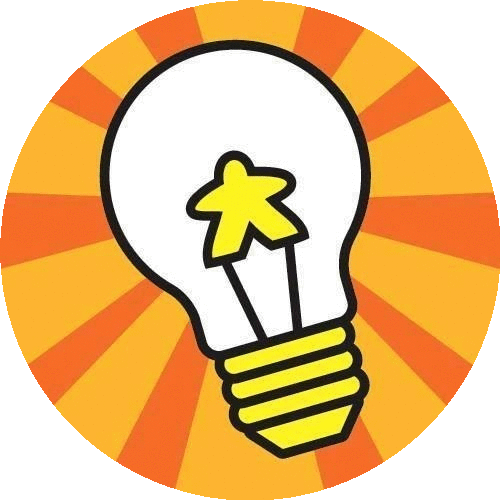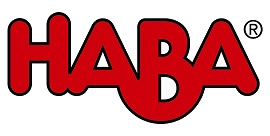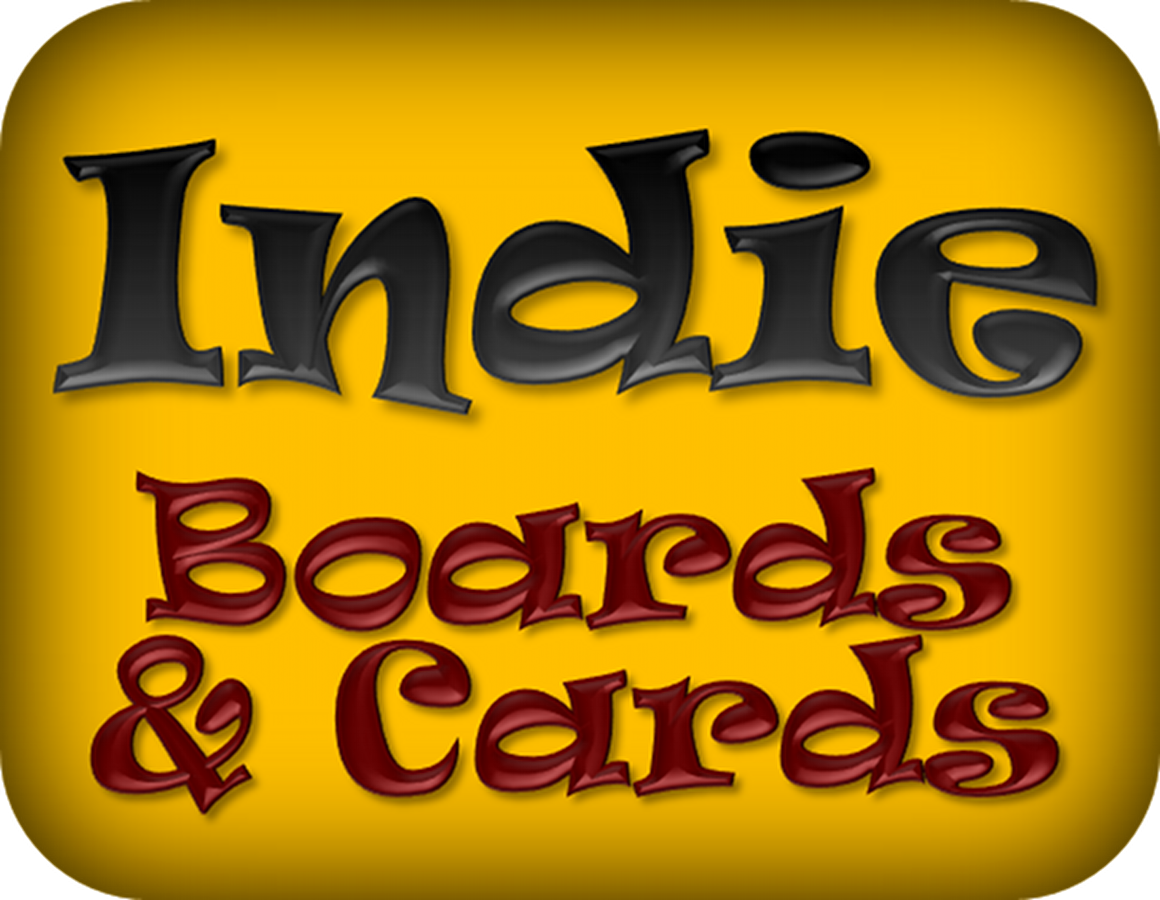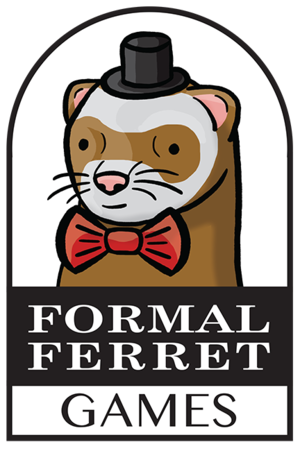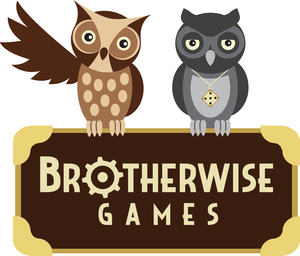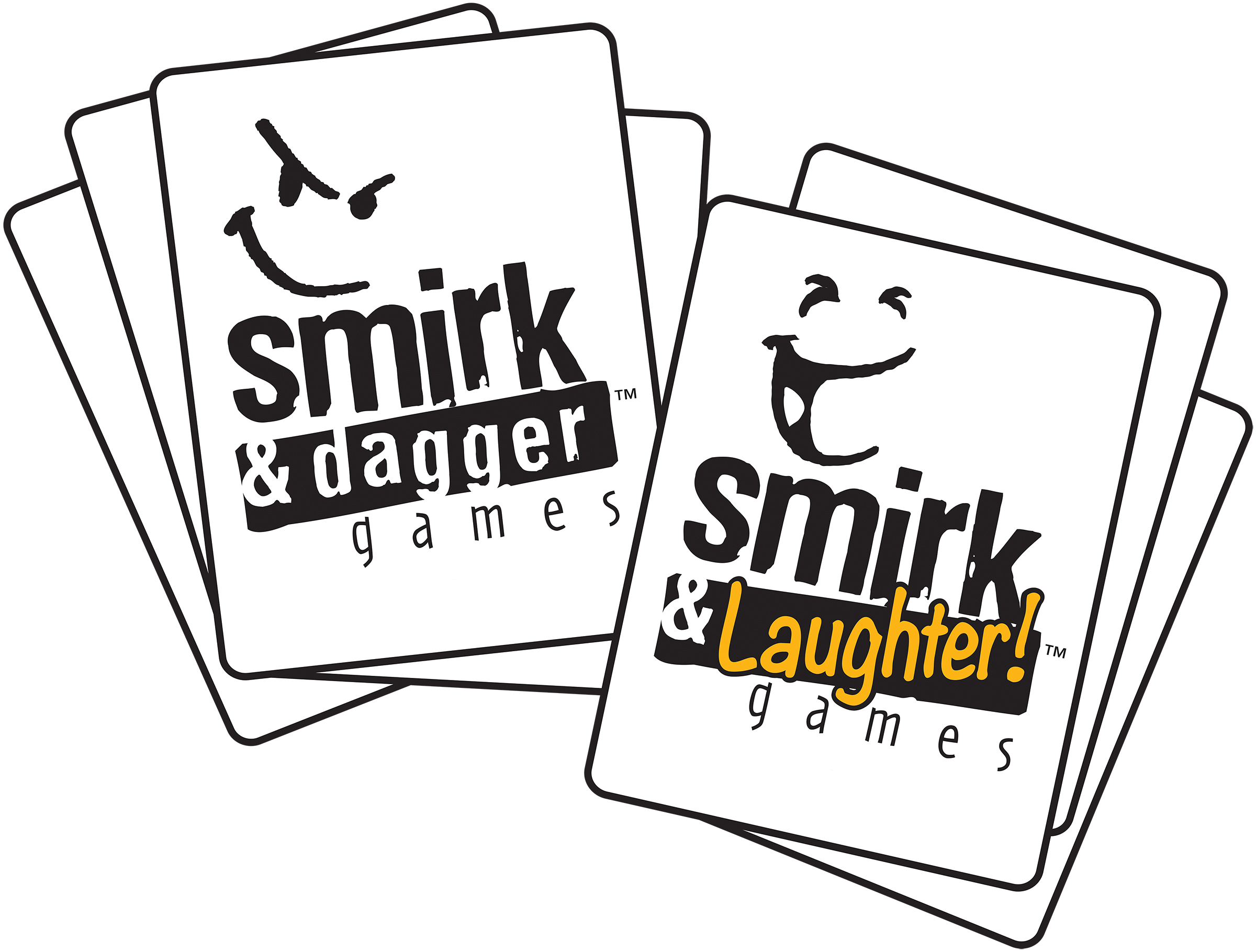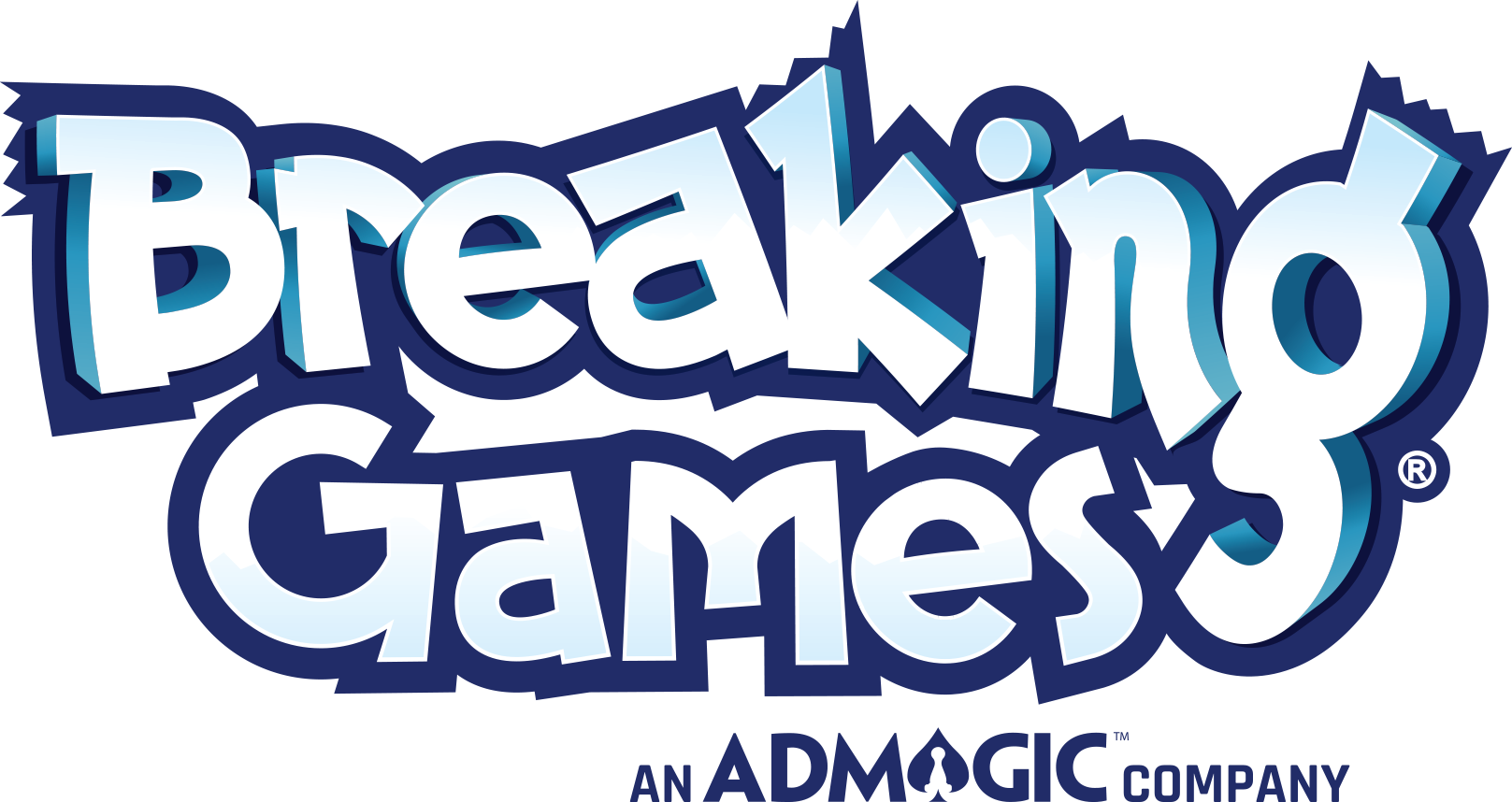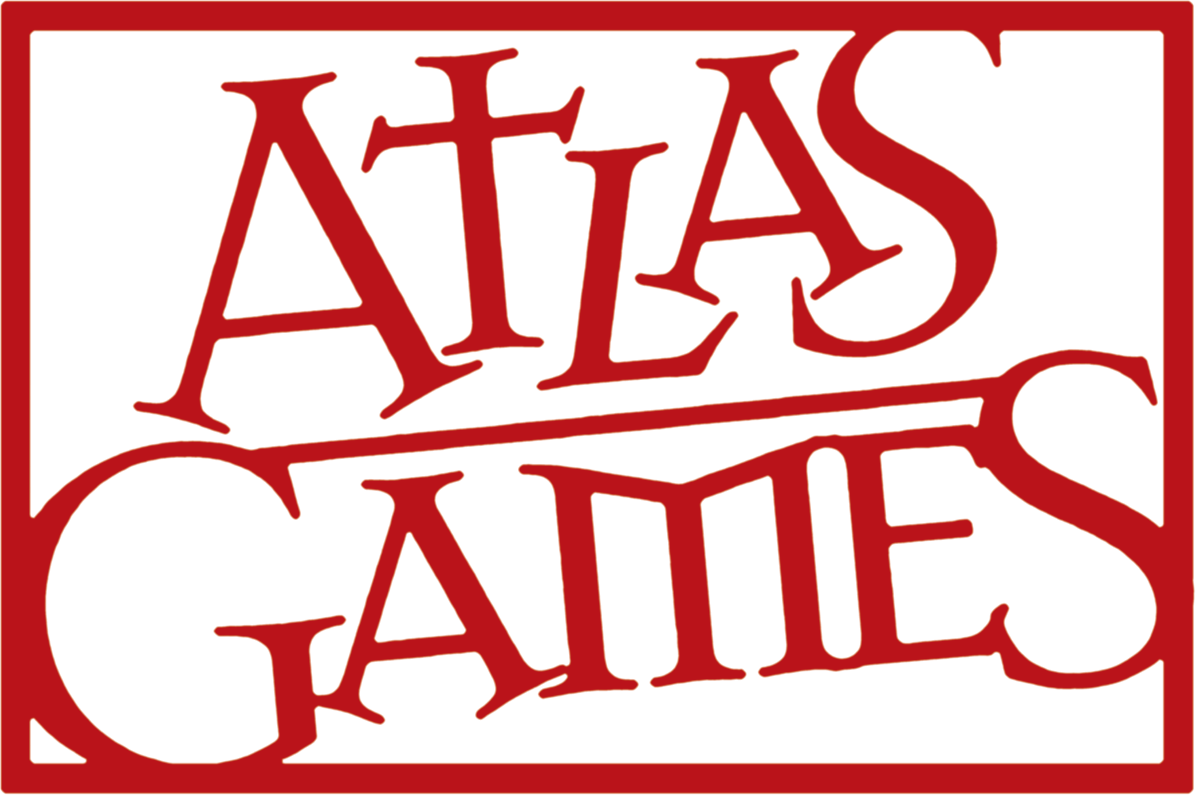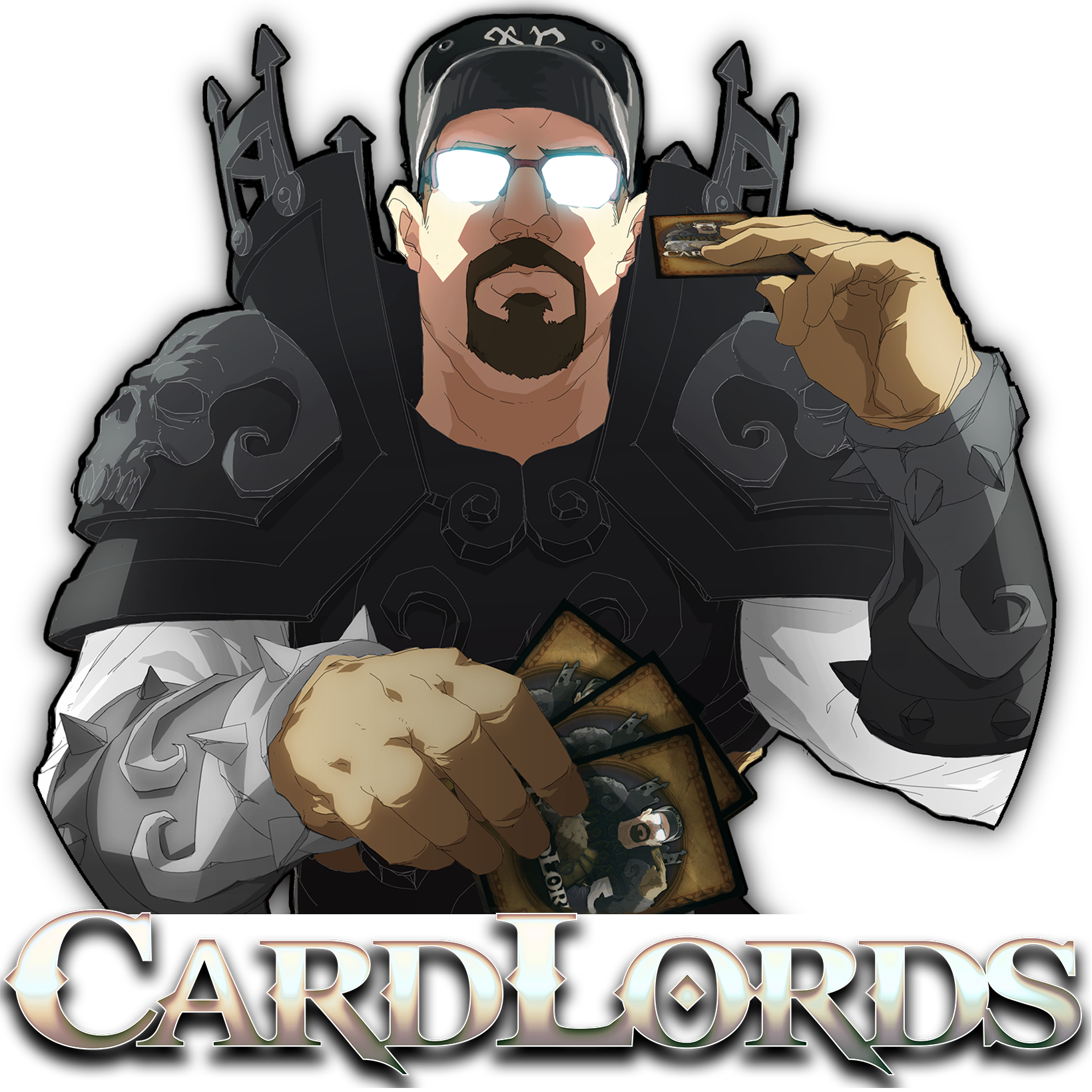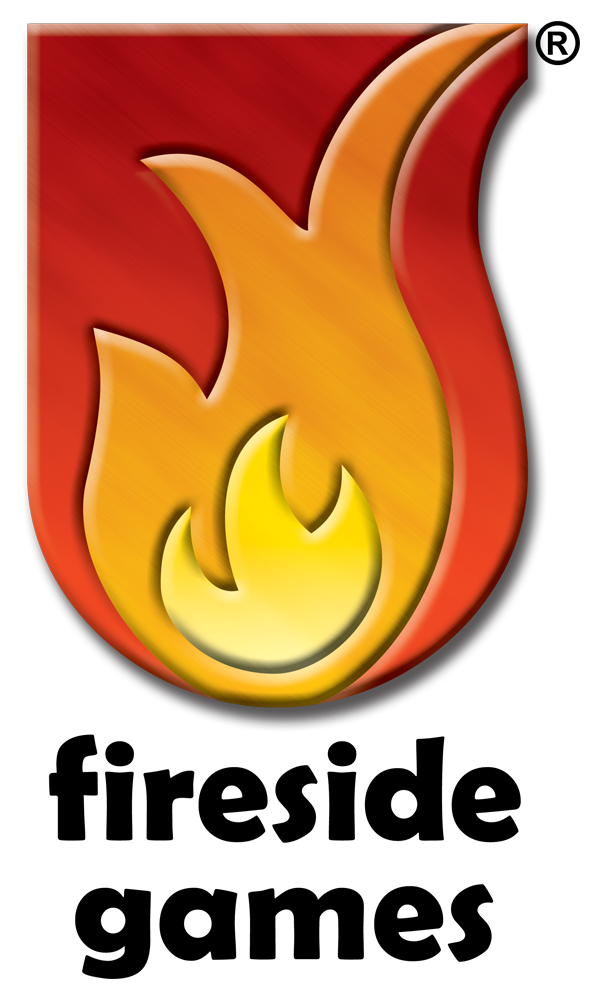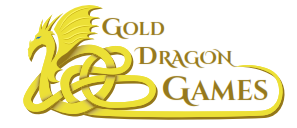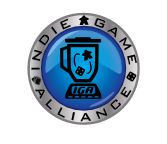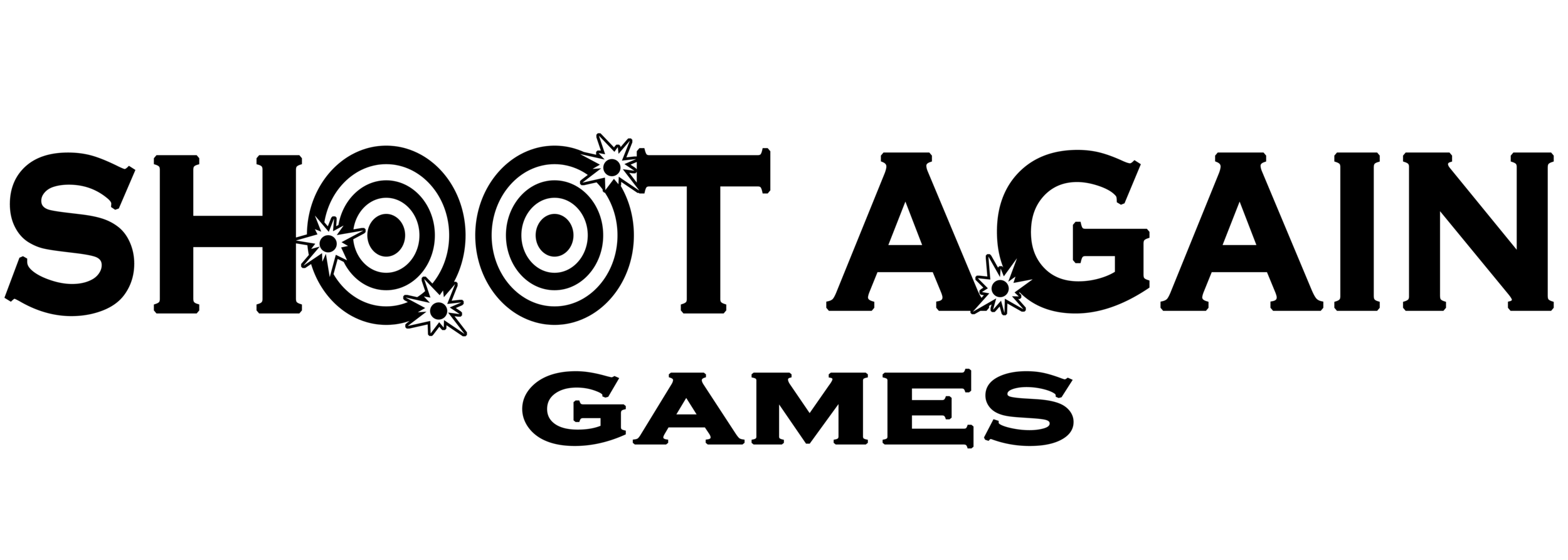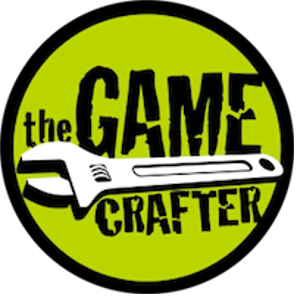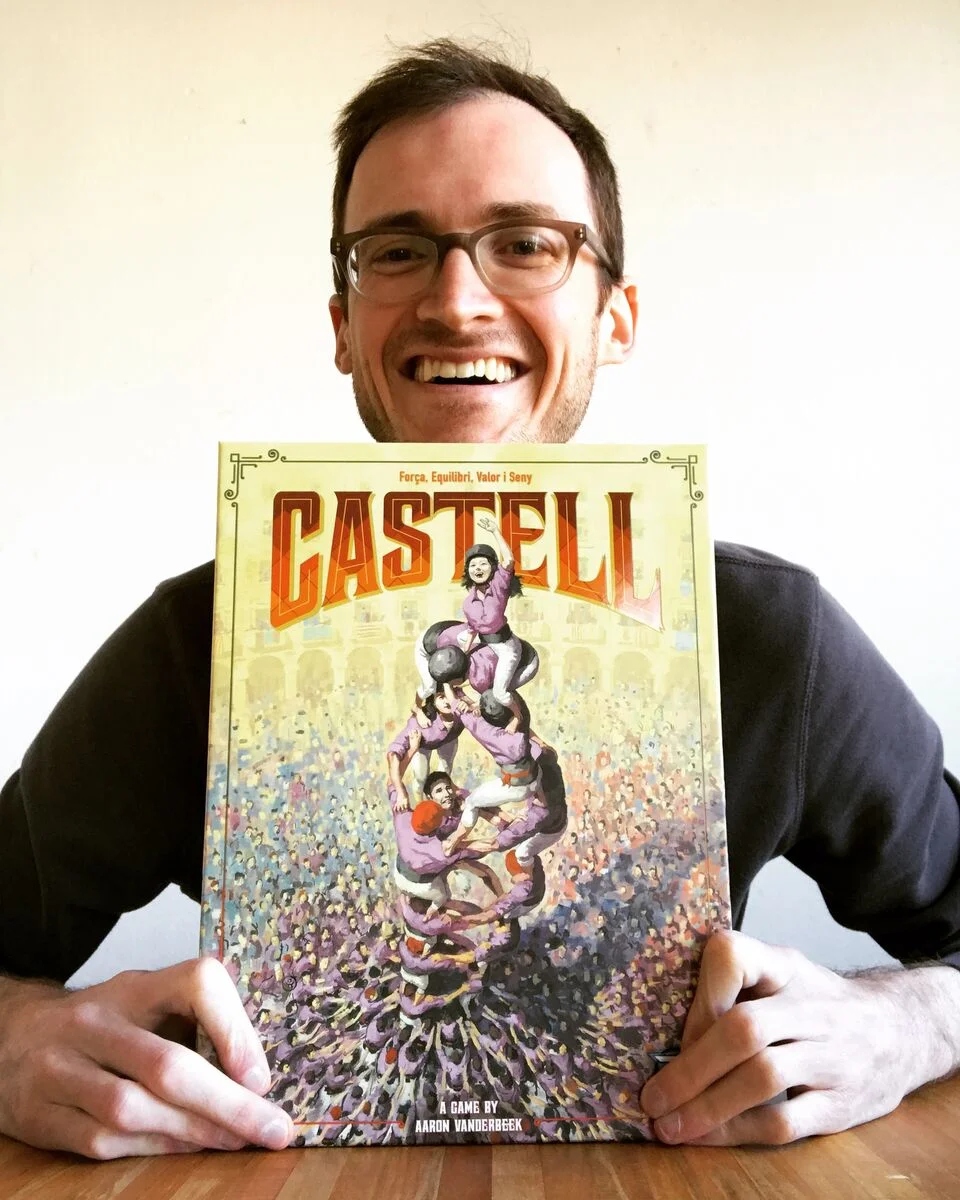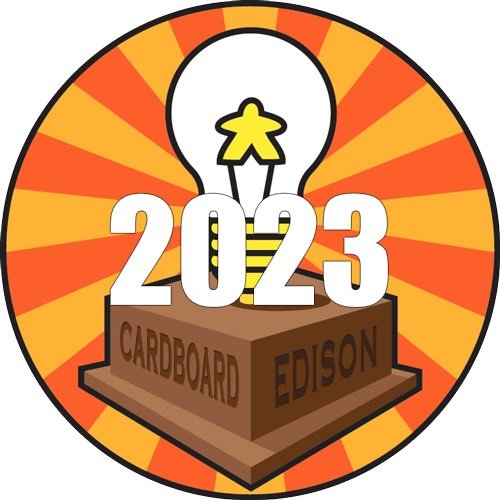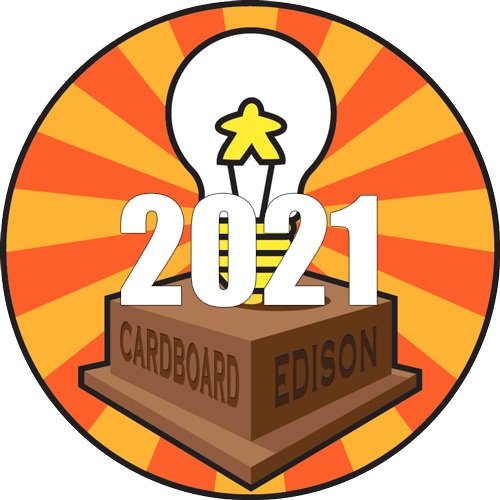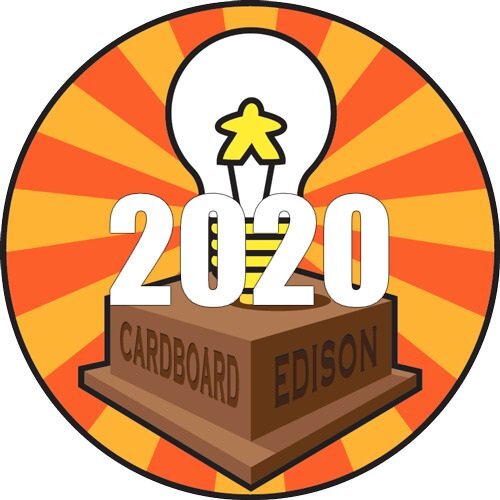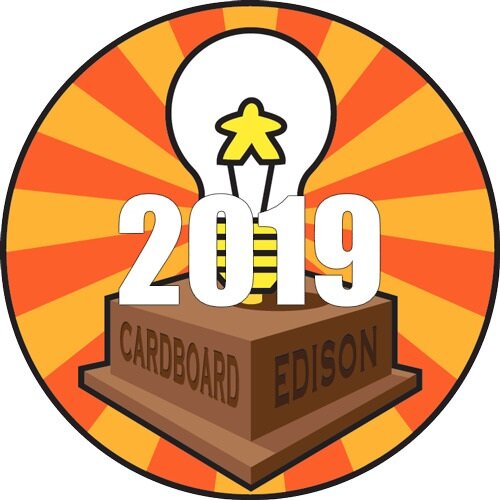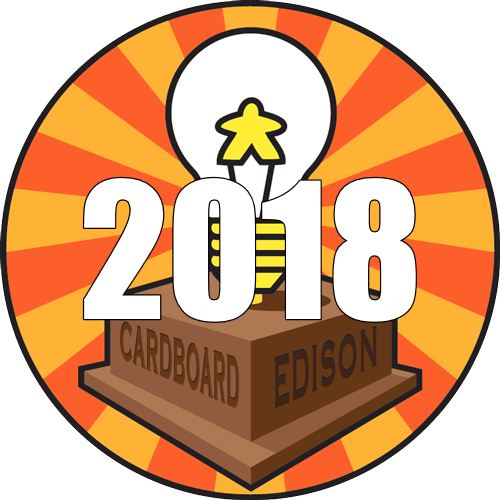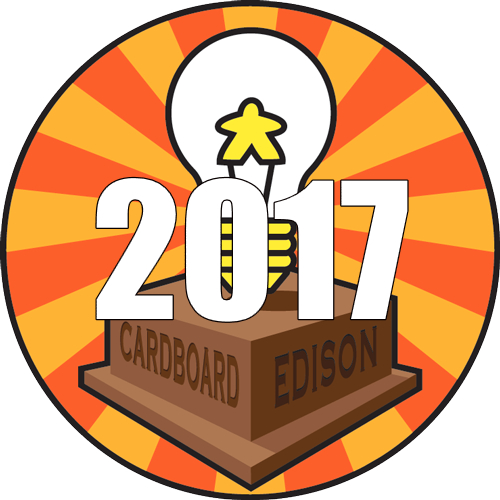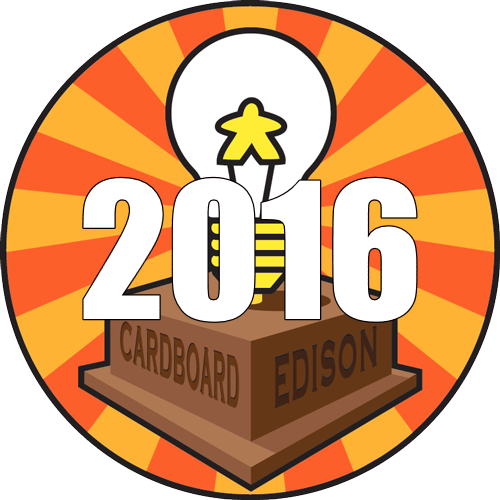The Cardboard Edison Award recognizes great unpublished board games
Announcing the winners of the 2019 Cardboard Edison Award!
Check back later this year for information about the 2020 Cardboard Edison Award
First Place: Umbra Via
In Umbra Via, you are taking part in a ritual to guide the missing pieces of your soul back to you from the shadows. It's a game of secret bidding and area control where you bid for tiles in order to build and control paths to be the first to reclaim the lost pieces of your soul.
Judges’ comments on Umbra Via:
It's strangely absorbing, especially for an abstract. The two-stage bidding is great.
The game's decision points are tight, engaging, and elegant.
The two-stage bidding system is every bit as clever and engaging as it sounded!
I really, really enjoyed this game and can't wait to own it.
The game is fast, engaging, polished, and fun. The game is *there*, essentially. You should be extremely proud of this one.
This game is going to be successful.
About the Designer: Connor Wake / @connorjwake
Connor Wake lives in Oakland, California, with his four friends, three cats, two milk snakes, and one partner, where he regularly hosts “Connor Bakes a Cake and We All Play Board Games Saturday.” In his off hours, he bounces between his many random hobbies, which include board game design, baking, mask making, printmaking, and whatever else strikes his fancy.
Second Place: Night Market
All travelers to Taiwan instantly fall in love with one of the most vibrant aspects of Taiwanese culture—the Night Market. In this game, you will control a team of workers that venture out during the day to gain skills, recruit customers, and collect Taiwanese delicacies. Seize the day to rule the night!
Judges’ comments on Night Market:
The spatial puzzle in the day market was great; there were a lot of spaces and choices, but each individual choice was good.
Everything fit together. Every choice mattered. Everything I did or didn't do contributed to victory.
The variable paths to victory made me want to play again and again, and I felt like the scoring was elegant and nifty.
This game blew me away, it was awesome! Our table had such a good experience with it...we kept talking about it all day.
Between the daytime placement of your workers and the careful planning for customers, my puzzle brain was very satisfied.
This is a game I would buy.
About the Designer: Adam Zwain / @zwaingames
Adam Zwain currently lives and works in the Philippines. He has spent a lot his life living in East Asia, a setting which is often the backdrop of his game designs. A lifelong gamer, Adam decided to take the plunge into designing games in early 2018. Now he spends most of his free time creating prototypes, playtesting, and, of course, squeezing in as many other board games as he can. When he is not gaming, he enjoys traveling, hiking, and spending time with his newborn daughter.
Third Place: Four Humors
In Four Humors, you’re a medieval pharmacist traveling the kingdom, covertly influencing the personalities of its inhabitants to your advantage. Master the four temperaments—choleric, melancholic, sanguine, and phlegmatic—to outwit your opponents and grow your pharmaceutical empire!
Judges’ comments on Four Humors:
The implementation of the prisoner's dilemma in this game is fantastic!
This is easily one of the most polished designs of the competition. It plays extremely smoothly, is easy to understand, and has a clever core resolution mechanism.
Each round I've only got four tokens, and four cards, but there's just so much interesting decision space there.
The mind games are really clever and I think just enough information is on the table vs. hidden to hit a player's deduction buttons.
I think that you should be pitching or gearing towards kickstarter.
I truly loved playing this game.
About the Designer: Charlie McCarron / @charliemccarron
Charlie McCarron has spent a decade building his career as a composer in Minnesota, scoring films and hosting the podcast Composer Quest. But he's excited to be jumping into this relatively new passion of board game design. For years, he's been plagued by the strange obsession to make a game about the four humors personality theory, and after many totally different incarnations, he's finally found something that works! Charlie's claim to fame as a game designer is assisting with development on Star Wars: Destiny. His 12-year-old self would be proud; he was weaned on the Star Wars CCG and had a pretty killer Ewok deck.
Finalists
The Bunker
Designer: Floyd Pretz / @floydpretz
Everyone wakes up in the bunker with amnesia. Explore the darkness and recover your memories to find out who you can trust and how you can escape.
Calligraphy
Designer: Eric J. Francis / @CalligraphyGame
A tile-placement game of medieval scroll crafting.
Cover Blown!
Designers: Carl Johan Hanberg & Mathias Munk Ulrich / @coverblowngame
CoverBlown is a hidden-information/social deduction game, where each player uses their smartphone to call their Confidential Informant to get clues and information, which is needed to solve a murder mystery. As fate has it, there is at least one bad cop amongst the players trying to cover up the murder.
Floating Floors
Designer: Takashi Sawada
Floating Floors is a scalable tile-placement family game of tactile dexterity. It is a ninja-balancing duel, where you will be balancing tiles on top of Jutsu pieces, whilst planning a path to your target—which is decided by your rival.
The Great Wide Open
Designer: Adam Singer / @realadamsinger
In The Great Wide Open, players wake up in a frozen wilderness, alone. Making use of what they can, players will attempt to survive each day while searching to discover a way back to civilization. A single player may play as Nature, influencing the weather, wildlife, and special events that the other players must endure throughout the game.
Hour Town
Designer: Falcon Arendell / @lo5games
Hour Town is a competitive real-time worker-placement and area control game where each player maneuvers three workers—represented by sand timers—trying to place the 60 cubes of their color out onto the board in the most advantageous manner.
Klondike Kings
Designer: Shawn Kantymir
In Klondike Kings, you are scoring points over a series of rounds to become the most legendary gold miner before the end of the mining season. Klondike Kings utilizes a unique panning mechanism that mimics the look and feel of a Gold Rush miner.
The Legend of Dex Fisher
Designer: Jon Bryant / @Earth_To_Games
As Dex Fisher, you must defeat all of the current big names in fishing to become a legend. To do so, you will cast lure dice into lakes or rivers, hook fish, and reel them in. If you can do all of this better than your rival—be they AI-controlled or human—you will win the game.
Lineae
Designer: Don Schwarz / @schwardo
Lineae is a science-themed worker-placement game where players explore the ocean underneath under the icy surface of one of Jupiter’s moons, excavate mineral deposits along the ocean floor, and compete to ship those extracted minerals back to Earth before the surface refreezes.
Red Spiral
Designers: Michael & Jason O'Connell / @anarchytabletop
Someone carved a strange circular figure into the body. Fresh blood. You stumble out into the heart of a city with no dawn. Who is hunting you? The murderers? Those who seek justice? Your only hope is to piece together evidence of your innocence...if you are innocent. Red Spiral is an abstract tile placement and manipulation game for one player.
Salon de Paris
Designer: Marek Tupy / @marek_tupy
A strategy game about rising to fame as a painter in the prestigious—and cutthroat—1850s art exhibition known as The Paris Salon.
Tourbus Israel
Designers: Isaac Shalev & Matt Loomis / @kindfortress @mrtopdeck
Experience the trip of a lifetime to a land of a thousand stories.
Cardboard Edison Best Practices 2019
Download the Cardboard Edison Best Practices 2019 book, filled with articles, interviews, and quotes about board game design! The book contains new tips for submitting your game to the Cardboard Edison Award, plus advice for every step of the board game design process! In the book you'll find:
advice from past winners of the Cardboard Edison Award
tips for writing rules
questions for playtesters
thoughts on self-publishing
a board game design checklist
and LOTS more!
Sponsors for the 2019 Cardboard Edison Award
Alpha Player Level Sponsors
Game Master Level Sponsors
Meeple Level Sponsors
Judges for the 2019 Cardboard Edison Award
Click the photos for bios.
See the results from previous years’ Cardboard Edison Award
Rules
To be eligible for the award, designs must not be publicly available through any retail, secondary or print-on-demand market, including Kickstarter, before June 2019. Designs may not be licensed to a publisher during the period of the award. Designs must be original works that do not infringe on any intellectual property. Board, card and dice games are eligible. Sorry, no RPGs or videogames.
Submissions must include a brief description of the game, a video overview, and a rules document. See the submissions page for full guidelines and submission fee information.
Submissions will be judged based on engagement, originality of theme, and originality of mechanics. Finalists will be judged based on engagement, smoothness of play, and fit for target audience.
Submissions will go through two rounds of judging. Finalists chosen for the second round of judging will need to mail us a physical prototype for final judging. Finalists will receive full feedback from the judges.
One design will be chosen as the winner, at the judges' discretion. Judges are not eligible to enter.
Designs should be complete and playtested before being submitted. Prototypes do not need to have final artwork or graphics, but they should be clear and usable.
All designs remain the intellectual property of the designers.
FAQ
Can non-U.S. designers participate?
Yes! There are only two restrictions. First, the rulebook must be in English, and the components must be either in English or language-neutral. And second, you must be able to mail a physical copy of the prototype to the U.S. if your design is chosen as a finalist.
Can I submit more than one design?
Yes, you may submit as many designs as you want, provided you pay the entry fee for each.
Is the award only for new designers, or can published designers participate?
The Cardboard Edison Award is open to unpublished games from both new and published designers. As long as the game isn’t publicly available for purchase or licensed to a publisher, it’s eligible.
Is my design eligible if it’s going to be on Kickstarter?
Sorry, the award is for designs that aren’t available as a final product. That includes any games that are on Kickstarter or will be before June 2019.
What if the design was released as a free print-and-play?
That’s fine, as long as it hasn’t been made available for purchase as a final product. But games that are available to purchase through print-on-demand outlets such as The Game Crafter or DriveThruCards aren’t eligible.
How finished does the game have to be?
There’s no hard and fast rule, but we expect that you’ll have thoroughly playtested the game and that it’s complete, or close to it, before submitting it. Complete games will naturally score better with the judges.
I submitted my game to the Cardboard Edison Award in a previous year. Can I submit it again this year?
Yes, as long as the game has undergone changes since then. We also suggest making a new pitch video that represents the current version of the game.
Is it OK if I know some of the judges personally?
Yes. To head off any conflicts of interest, each submission will be reviewed by multiple judges, and we'll aim to have judges review submissions by designers they don't know.
Why do I have to make a video?
Video submissions have been used to great effect in game design contests (including ours), and we think it's the best way of letting you highlight what's interesting about your game.
What needs to be in the video?
Use the video to tell us about the game and how it plays. Give a sense of what players do in the game, and highlight what makes it unique and engaging. You don’t need to provide a full rules explanation or playthrough. And keep it brief. No more than 5 minutes. Your video can be as simple or complex as you wish, but we won't be looking at the video's production values when we evaluate the submissions.
Do I need to be in the video?
No. If you'd rather not have your face or voice appear in it, your video can describe the game using visuals and text. One option we'd recommend looking into is Adobe Spark Video.
What will the submission fee be used for?
The submission fee will help offset the costs of the award itself. The most significant expense will be the final judging event—volunteers need to eat!
What do I get if I win?
We created the Cardboard Edison Award to recognize a great unpublished game design. We’ll promote the winning design on our website and through social media. Also, the winner can use the award logo in any marketing materials for their design. In addition, all finalists will receive in-depth, detailed feedback from the judges’ panel.
What has happened to previous winners?
The Blood of an Englishman won the 2016 Cardboard Edison Award and was later published by Renegade Game Studios. Castell won the 2017 award and was published by Renegade. Animal Kingdoms won the 2018 award and was signed by Galactic Raptor Games.
Will I get feedback even if my design isn't chosen as a finalist?
Yes! We will pass along notes from the judges that evaluate your submission.
How many finalists will be chosen?
About 10, but we might choose slightly more or less depending on how the first round of scoring goes. We also might give some games honorable mentions.
Can I get my prototype back after final judging?
Yes, we can send your prototype back to you or to a third party, if you like. We just ask that you pay for shipping.
Any Other Questions?
Contact us at any of the social-media accounts below.
